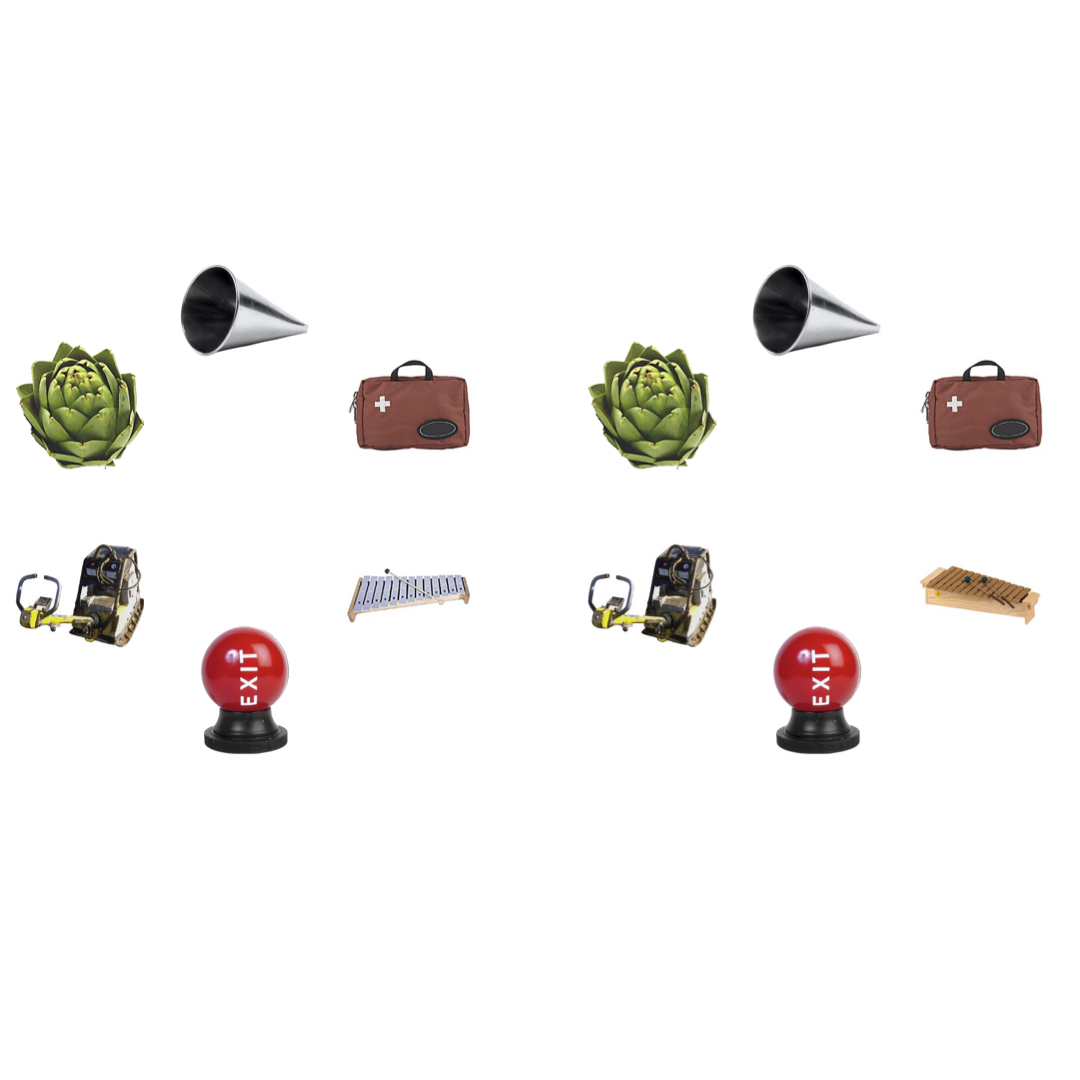Reconciling change blindness with long-term memory for objects

Abstract
How can we reconcile remarkably precise long-term memory for thousands of images with failures to detect changes to similar images? We explored whether people can use detailed, long-term memory to improve change detection performance. Subjects studied a set of images of objects and then performed recognition and change detection tasks with those images. Recognition memory performance exceeded change detection performance, even when a single familiar object in the post-change display consistently indicated the change location. In fact, participants were no better when a familiar object predicted the change location than when the displays consisted of unfamiliar objects. When given an explicit strategy to search for a familiar object as a way to improve performance on the change detection task, they performed no better than in a six-alternative recognition memory task. Subjects only benefited from the presence of familiar objects in the change detection task when they had more time to view the pre-change array before it switched. Once the cost to using the change detection information decreased, subjects made use of it in conjunction with memory to boost performance on the familiar-item change detection task. This suggests that even useful information will go unused if it is sufficiently difficult to extract.
